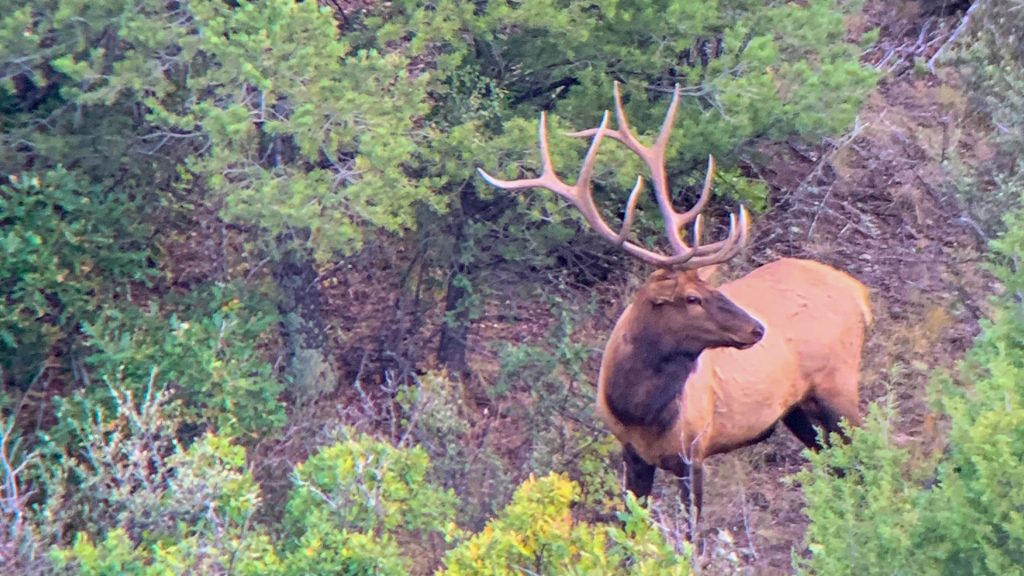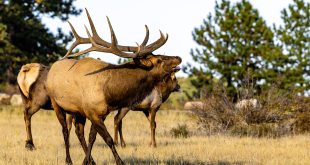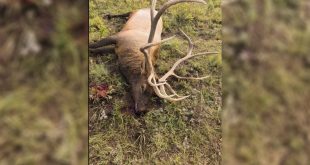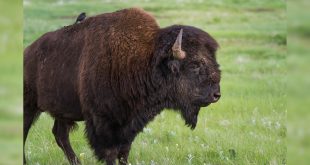
If you’ve been to the grocery store lately, you’ve seen the sticker shock. Ground beef is pushing $6.12 a pound on average in the U.S. That’s more than a 15% jump (depending on the source) from just a couple of years ago—and a big ol’ red flag for families trying to stock the freezer without blowing up the grocery budget.
Interestingly, these higher beef prices can be attributed in part to the widespread drought that plagued good grass growth from 2020 to 2022. Those droughts not only knocked back deer and pronghorn populations around the west, but also caused producers to downsize cattle herds. Doing that reduces supply, and makes prices go up, which encourages fewer producers to keep cows around, and the cycle continues.
For those of us who hunt, this price hike isn’t just a news blip—it’s a kick in the pants. The reality is, wild game meat has never been more valuable. That cow elk tag you’ve got tucked in your pocket for this fall that you did not think you would get time to hunt? It might just be the most financially sound investment you’ve made all year.
Let’s break it down.
First, make the assumption you have all of the gear you need for a western hunt – backpack, coolers, ammunition, etc.
A big mature cow elk yields about 200 pounds of boneless, lean meat. If you were to buy that same amount of just burgered beef at the store today, you’d be staring down a grocery bill of over $1,200. Compare that to a Wyoming nonresident cow elk tag at $288, and even when you tack on gas, gear, and food for a few days of hunting, you’re still looking at under $1,000 total cost—as long as you’re grinding and packaging it yourself.
That brings your per-pound price to about $5.00; solidly less than the price of store-bought beef when you account for tasty backstrap steaks and tenderloins in addition to the burger. And that’s before you factor in the nutritional and adventure value of putting a wild, free-range elk meat raised by the land itself— just clean protein and hard-earned reward.
Why the Pressure Feels Different This Year
Here’s the flip side: when meat costs rise, so do expectations. Hunters are heading into the hills this fall not just with dreams of a 6×6 bull for the wall—but with real financial motivation to notch that tag and fill the freezer. And with that comes pressure.
Whether it’s your first year elk hunting or your 30th, you know how quickly “just hoping for a good time in the woods” can morph into “I need to bring meat home.” Maybe you’ve already got some of that pressure building—especially if you’ve got family back home counting on wild protein to carry you through the winter.
The best antidote? Preparation.
Don’t wait until the morning of opening day to start thinking about how to fill the freezer consistently. Start e-scouting now. Know your waypoints. Learn wind patterns and bedding areas. Pack your kill kit like a professional and bring enough coolers and ice to handle success.
The more you treat your elk hunt like the important mission it is, the better chance you have of putting meat in the freezer—and making this fall count.
Freezers Aren’t Going to Fill Themselves
A lot of folks outside the hunting world don’t realize just how much self-reliance and hard work go into getting your own meat. It’s not cheap, it’s not easy, and it’s definitely not guaranteed. But if you do it right, the value is unmatched.
That spare tag in your pocket isn’t just a hunting opportunity—it’s your chance to provide for yourself and family instead of just swallowing inflation at the checkout line.
And when you quarter up that animal, haul it out on your back, and fill the chest freezer with wild game, you’ll know exactly what went into that meat.
So yeah, beef might be high. But your odds of success this fall? They’ll be higher, too—if you’re ready to earn it.
 Eastmans' Official Blog | Mule Deer, Antelope, Elk Hunting and Bowhunting Magazine | Eastmans' Hunting Journals
Eastmans' Official Blog | Mule Deer, Antelope, Elk Hunting and Bowhunting Magazine | Eastmans' Hunting Journals





Two hundred pounds of boneless meat from a cow is a serious stretch. More like 150 tops…